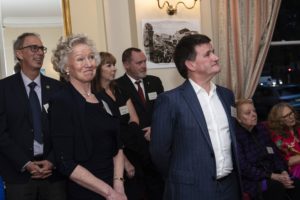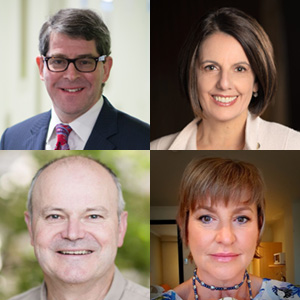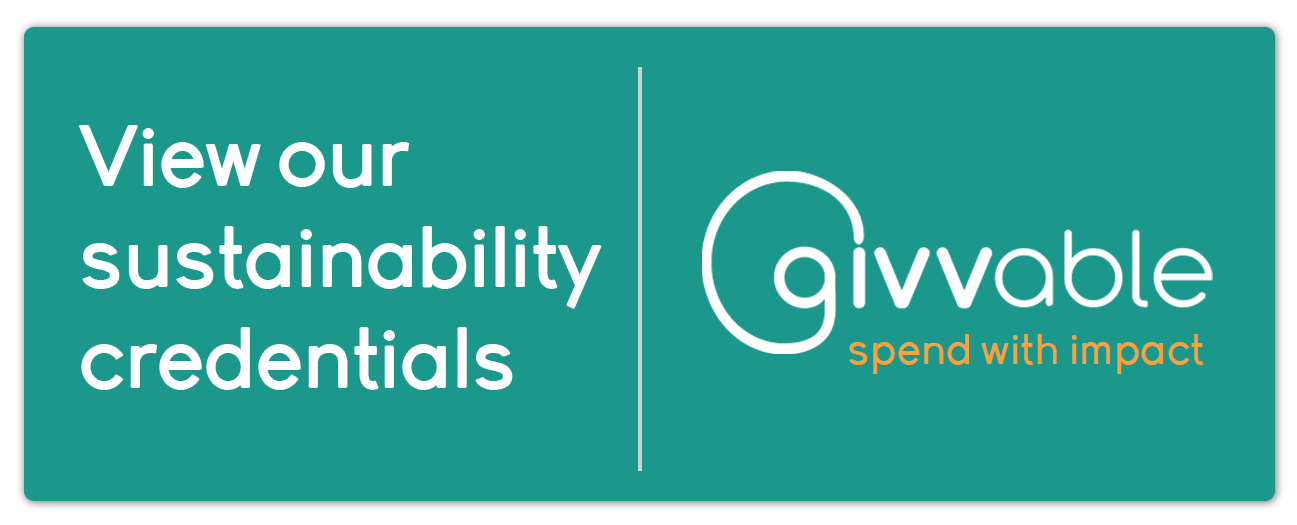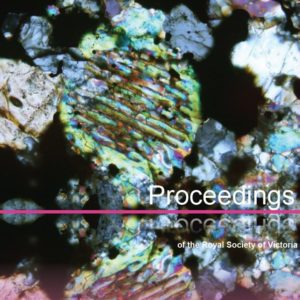Despite its amazing advancements, generative AI raises substantial concerns. With its roots deep in Western data, could GAI inadvertently become a tool of digital colonisation? Trained mostly on data that is influenced by Western perspectives, there’s a risk of AI systems acting like digital colonisers, spreading a uniform cultural narrative across diverse global landscapes.
Many educators see AI as a tool to enhance the teaching and learning processes, not as a replacement for teachers but to complement their skills. With the release of the Australian Framework for GAI in Schools, educators are being equipped with knowledge and frameworks to guide the responsible and ethical use of generative AI to benefit students, schools, and society.
It might sound daunting to talk to kids about new and complicated technology, but learning is a beautiful and rich experience at any age, and there are plenty of great tools to help you do it either for yourself, or for any little ones you have around you. And it’s important – AI isn’t going away, and by educating young people, we can make sure these new technologies are used appropriately in the future.
Few Australian companies have a clear view of what their company’s increasing reliance on digital technologies is doing to create carbon emissions. This is not a trivial issue. It has significant implications for regulators, policy makers, company boards, and the rest of us, who increasingly compete with IT companies and data centres for electricity.
AI applications are revolutionising the way we create. But these creations rely on ideas conceived by humans who are not always given appropriate credit. It is likely that generative AI systems will soon only be allowed to be trained on work in the public domain or under licences, which will affect everyone who integrates generative AI into their work.








